Home>Home Appliances>Laundry Appliances>How To Stop A Washing Machine Mid-Cycle
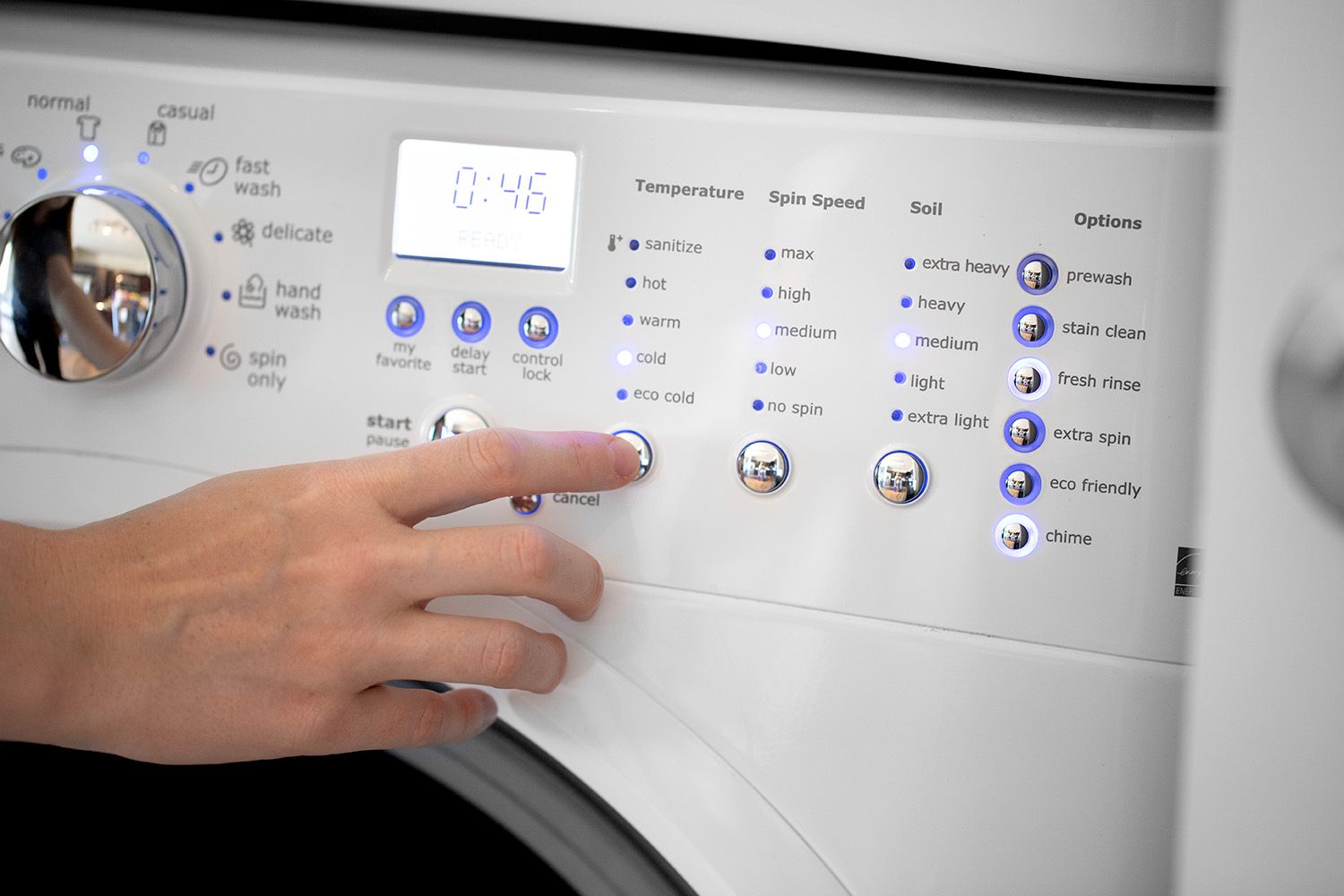

Laundry Appliances
How To Stop A Washing Machine Mid-Cycle
Modified: October 27, 2024
Learn how to stop a washing machine mid-cycle safely and effectively. Get expert tips on managing laundry appliances without causing damage.
(Many of the links in this article redirect to a specific reviewed product. Your purchase of these products through affiliate links helps to generate commission for Storables.com, at no extra cost. Learn more)
Reasons to Stop a Washing Machine Mid-Cycle
Stopping a washing machine mid-cycle may seem like an unusual occurrence, but there are several valid reasons why you might need to interrupt the washing process. Understanding these reasons can help you make informed decisions about when and how to stop your washing machine. Here are some common scenarios that may prompt you to halt the cycle:
-
Emergency Situations: Unforeseen emergencies such as a water leak, power outage, or sudden mechanical malfunction may necessitate an immediate halt to the washing cycle. Stopping the machine promptly can help prevent further damage and ensure the safety of your laundry area.
-
Adding Forgotten Items: It's not uncommon to realize that a crucial piece of clothing or a small item was left out of the laundry load after the cycle has started. In such cases, stopping the machine allows you to open the door and add the overlooked items before resuming the cycle.
-
Adjusting Settings: If you need to modify the wash settings or detergent type mid-cycle due to a change in laundry requirements, stopping the machine provides an opportunity to make the necessary adjustments for optimal cleaning results.
-
Inspecting for Issues: Pausing the cycle enables you to inspect the laundry for any unexpected problems, such as stubborn stains that require pre-treatment or the need to rearrange the load for better balance.
-
Environmental Concerns: In certain situations, such as a sudden water shortage or the need to conserve energy, stopping the washing machine mid-cycle may be a conscious decision to minimize resource usage.
Understanding these reasons can empower you to make informed decisions about when to interrupt the washing cycle, ensuring that you can address unexpected situations effectively and maintain the efficiency of your laundry routine.
Key Takeaways:
- Don’t panic! You can stop your washing machine mid-cycle for emergencies, forgotten items, settings adjustments, inspections, or environmental concerns. Stay safe by following precautions and troubleshoot common issues for a smooth laundry experience.
- Follow safety precautions and a step-by-step process to stop your washing machine mid-cycle effectively. Troubleshoot common issues to maintain optimal performance and keep your laundry routine hassle-free.
Safety Precautions Before Stopping a Washing Machine Mid-Cycle
Before stopping a washing machine mid-cycle, it's crucial to prioritize safety to prevent potential hazards and ensure the smooth resumption of the laundry process. By adhering to essential safety precautions, you can mitigate risks and safeguard both the appliance and your surroundings.
Unplug or Disconnect Power
Prior to stopping the washing machine mid-cycle, it's advisable to unplug the appliance from the power source or turn off the circuit breaker to eliminate the risk of electrical shock. This precautionary measure is especially important when dealing with emergency situations or when accessing internal components of the machine.
Allow for Safe Cooling
If the washing machine has been operating at high temperatures, it's essential to allow it to cool down before attempting to stop the cycle. Hot components, such as the drum or motor, can pose burn hazards if accessed immediately. Allowing the machine to cool ensures a safe environment for handling any necessary interventions.
Wear Protective Gear
When stopping a washing machine mid-cycle, consider wearing protective gloves to shield your hands from sharp edges or hot surfaces within the appliance. Additionally, if there is a water leak or spillage, wearing non-slip footwear can prevent accidents due to slippery floors.
Read more: What Is Sanitize Cycle On Washer
Assess Surroundings
Before stopping the washing machine, take a moment to assess the immediate surroundings. Ensure that the area is well-lit and free from obstacles to facilitate safe access to the appliance. This step is particularly important in emergency situations, where quick and unobstructed access to the washing machine is crucial.
Consider Water Drainage
If the washing machine is in the middle of a water-filled cycle, it's important to consider the drainage process before stopping the machine. Depending on the situation, you may need to manually drain excess water from the machine to prevent spillage and potential water damage.
By adhering to these safety precautions before stopping a washing machine mid-cycle, you can minimize risks and create a safer environment for addressing unexpected situations. Prioritizing safety not only protects you and your surroundings but also contributes to the efficient and effective management of the washing machine.
Steps to Stop a Washing Machine Mid-Cycle
Stopping a washing machine mid-cycle involves a series of steps to ensure a safe and effective interruption of the ongoing laundry process. Whether it's due to an emergency, the need to make adjustments, or unforeseen issues, following these steps can help you navigate the interruption seamlessly.
-
Pause the Cycle: If your washing machine is equipped with a pause button, simply press it to halt the cycle. This feature allows the machine to stop without resetting the entire wash program, making it convenient for brief interruptions. If there's no dedicated pause button, check the user manual for alternative methods to temporarily stop the cycle.
-
Open the Door: Once the cycle has paused, carefully open the washing machine door. Take caution, especially if the machine was in the midst of a high-speed spin cycle, as the contents may be unbalanced. Gently redistribute the laundry if needed to ensure even weight distribution within the drum.
-
Address the Issue: Depending on the reason for stopping the machine, take the necessary steps to resolve the issue. This could involve adding forgotten items, adjusting settings, inspecting the laundry, or addressing an emergency situation such as a water leak. If the interruption is due to a mechanical malfunction, consider seeking professional assistance to diagnose and rectify the problem.
-
Resume or Drain the Water: After addressing the issue, you can choose to resume the cycle with the adjusted settings or, if needed, drain the water from the machine before proceeding. Some washing machines have a specific drain function, while others may require manual intervention to remove excess water.
-
Restart the Cycle: If you've made the necessary adjustments or addressed the issue, close the washing machine door and restart the cycle. Ensure that the settings are configured as per your requirements before initiating the wash program.
-
Monitor the Resumption: Once the cycle resumes, keep an eye on the washing machine to ensure that it progresses without any further issues. Listen for unusual sounds, observe the water intake and drainage, and verify that the machine operates smoothly as it completes the washing process.
By following these steps, you can effectively stop a washing machine mid-cycle and address any unforeseen circumstances or adjustments required during the laundry process. Prioritizing safety and adherence to the appliance's operational guidelines is essential to ensure a seamless interruption and the successful resumption of the washing cycle.
Tips for Troubleshooting Common Issues
Troubleshooting common issues with a washing machine can help you address minor problems and potentially avoid the need for professional repairs. By familiarizing yourself with these troubleshooting tips, you can enhance the efficiency and longevity of your appliance. Here are some practical strategies for identifying and resolving common washing machine issues:
Read more: When To Use Steam Cycle On Washer
Uneven Loads and Balance Issues
- Cause: Unevenly distributed laundry or overloading the machine can lead to balance issues during the spin cycle.
- Troubleshooting: When the machine is not in operation, redistribute the laundry to achieve a balanced load. Avoid overloading the machine to prevent future balance-related issues.
Excessive Vibration and Noise
- Cause: Loose components, such as shipping bolts or leveling legs, can contribute to excessive vibration and noise during operation.
- Troubleshooting: Check for any loose or improperly installed components and tighten them as needed. Ensure that the washing machine is level and stable on the floor to minimize vibration.
Drainage Problems
- Cause: Clogged or obstructed drain hoses, filters, or pump impellers can impede the drainage process, leading to water retention in the machine.
- Troubleshooting: Inspect and clean the drain hoses, filters, and pump impellers regularly to prevent blockages. Ensure that the drainage system is free from debris and obstructions.
Water Leaks
- Cause: Damaged door seals, hose connections, or detergent dispensers can result in water leaks during the washing cycle.
- Troubleshooting: Inspect the door seals, hose connections, and detergent dispensers for any signs of damage or wear. Replace faulty components to prevent water leaks and maintain the integrity of the machine.
Read more: How To Fix Spin Cycle On A Washing Machine
Foul Odors and Residue Buildup
- Cause: Residue accumulation, particularly in the detergent dispenser and rubber door seal, can lead to foul odors and unsanitary conditions.
- Troubleshooting: Clean the detergent dispenser and rubber door seal regularly to remove residue buildup. Consider running a maintenance wash with hot water and vinegar to eliminate odors and sanitize the interior of the machine.
Error Codes and Malfunctions
- Cause: Error codes displayed on the washing machine indicate specific malfunctions or operational issues that require attention.
- Troubleshooting: Refer to the user manual to interpret error codes and follow the recommended troubleshooting steps. If the issue persists, consider seeking professional assistance for diagnosis and repairs.
By implementing these troubleshooting tips, you can proactively address common issues with your washing machine, promoting optimal performance and minimizing the likelihood of major malfunctions. Regular maintenance and attentive troubleshooting contribute to the efficient operation of the appliance, ensuring that your laundry routine remains smooth and hassle-free.
Final Thoughts
Understanding the nuances of stopping a washing machine mid-cycle and the associated safety precautions is essential for maintaining a seamless laundry routine. Whether it's addressing unexpected emergencies, making adjustments to the wash settings, or troubleshooting common issues, the ability to interrupt the washing cycle effectively empowers users to manage their laundry tasks with confidence and efficiency.
By recognizing the diverse reasons for stopping a washing machine mid-cycle, individuals can navigate unforeseen situations with ease. From adding forgotten items to addressing environmental concerns, the flexibility to pause the cycle and make necessary adjustments reflects a practical approach to laundry management. This adaptability not only enhances the overall user experience but also contributes to the preservation of resources and the optimization of cleaning outcomes.
Prioritizing safety precautions before stopping a washing machine mid-cycle underscores the significance of creating a secure environment for both users and the appliance. Unplugging the machine, allowing for safe cooling, and assessing the surroundings are vital steps that mitigate potential risks and ensure a safe intervention. By adhering to these precautions, individuals can approach interruptions with confidence, knowing that they have taken essential measures to safeguard themselves and their surroundings.
The step-by-step process of stopping a washing machine mid-cycle provides a structured approach to addressing unexpected situations. From pausing the cycle and addressing the issue to resuming the wash program, following these steps fosters a systematic and efficient intervention. This methodical approach not only facilitates a smooth interruption but also promotes the successful resumption of the washing cycle, minimizing disruptions to the overall laundry routine.
Furthermore, familiarizing oneself with practical troubleshooting tips for common washing machine issues empowers users to proactively address minor problems. By addressing uneven loads, excessive vibration, drainage issues, water leaks, foul odors, and error codes, individuals can enhance the performance and longevity of their washing machines. This proactive approach to maintenance and issue resolution contributes to a more reliable and efficient laundry appliance, ensuring that the washing machine remains a dependable asset in the household.
In essence, the ability to stop a washing machine mid-cycle, coupled with a proactive approach to safety and troubleshooting, reflects a holistic and informed approach to laundry appliance management. By embracing these practices, individuals can navigate unexpected scenarios with confidence, ensuring that their laundry routines remain efficient, safe, and optimized for exceptional results.
Frequently Asked Questions about How To Stop A Washing Machine Mid-Cycle
Was this page helpful?
At Storables.com, we guarantee accurate and reliable information. Our content, validated by Expert Board Contributors, is crafted following stringent Editorial Policies. We're committed to providing you with well-researched, expert-backed insights for all your informational needs.
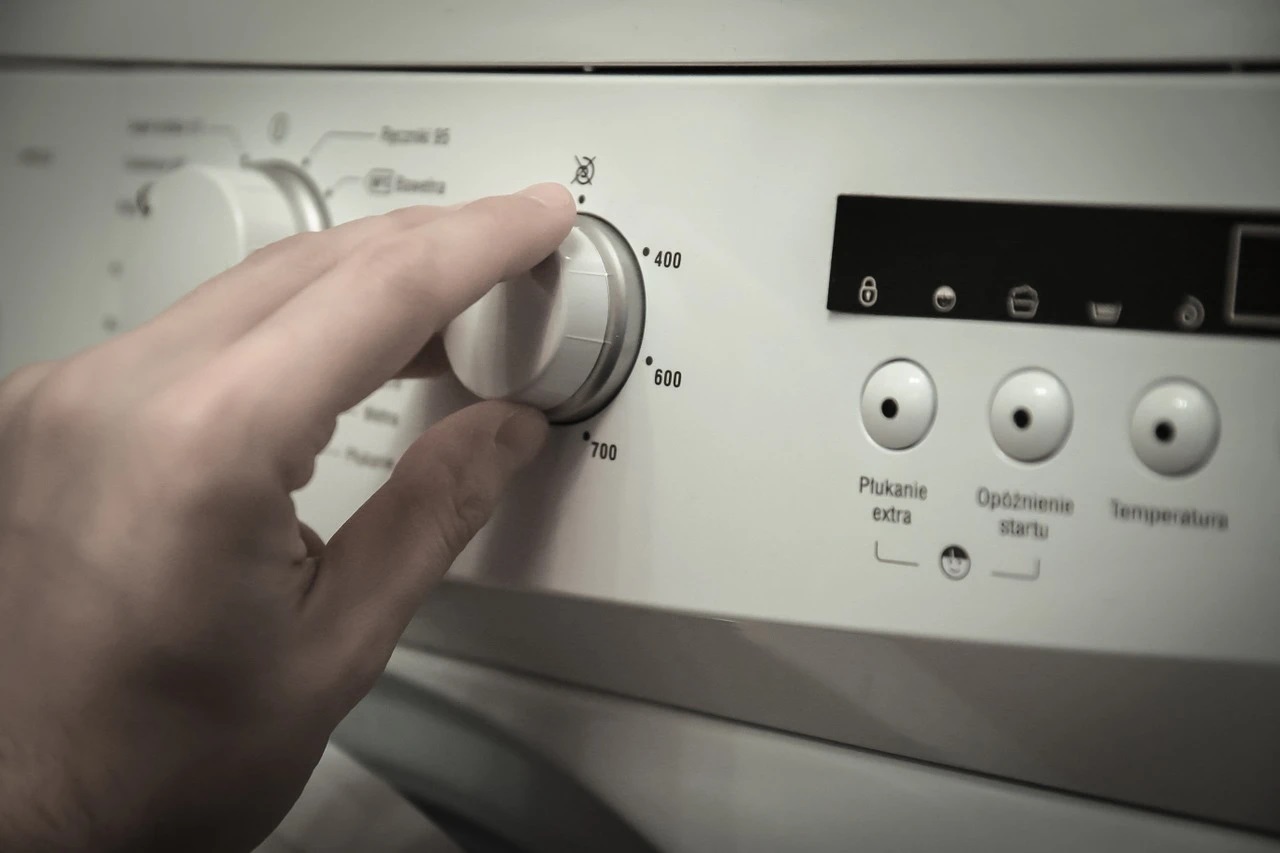
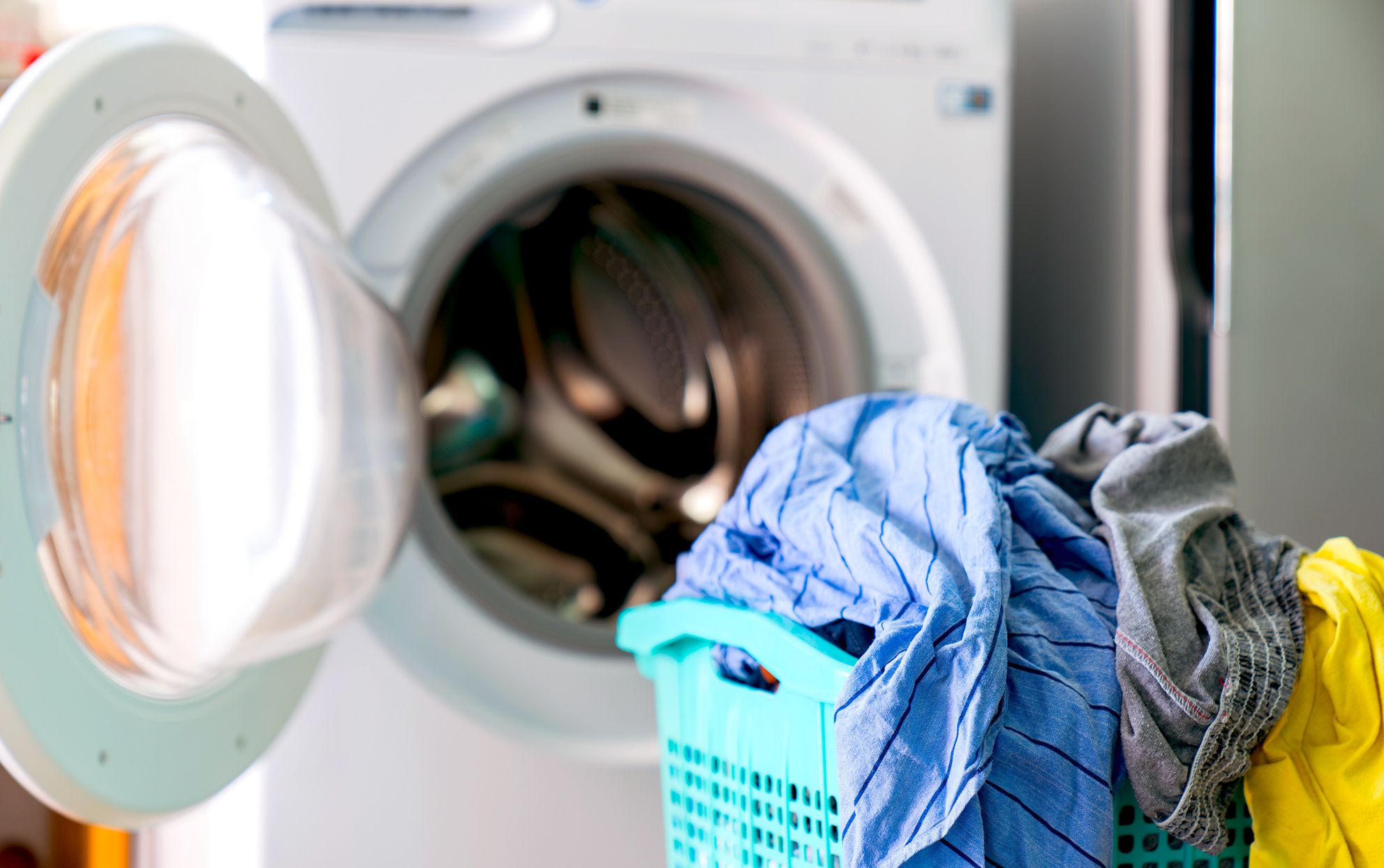

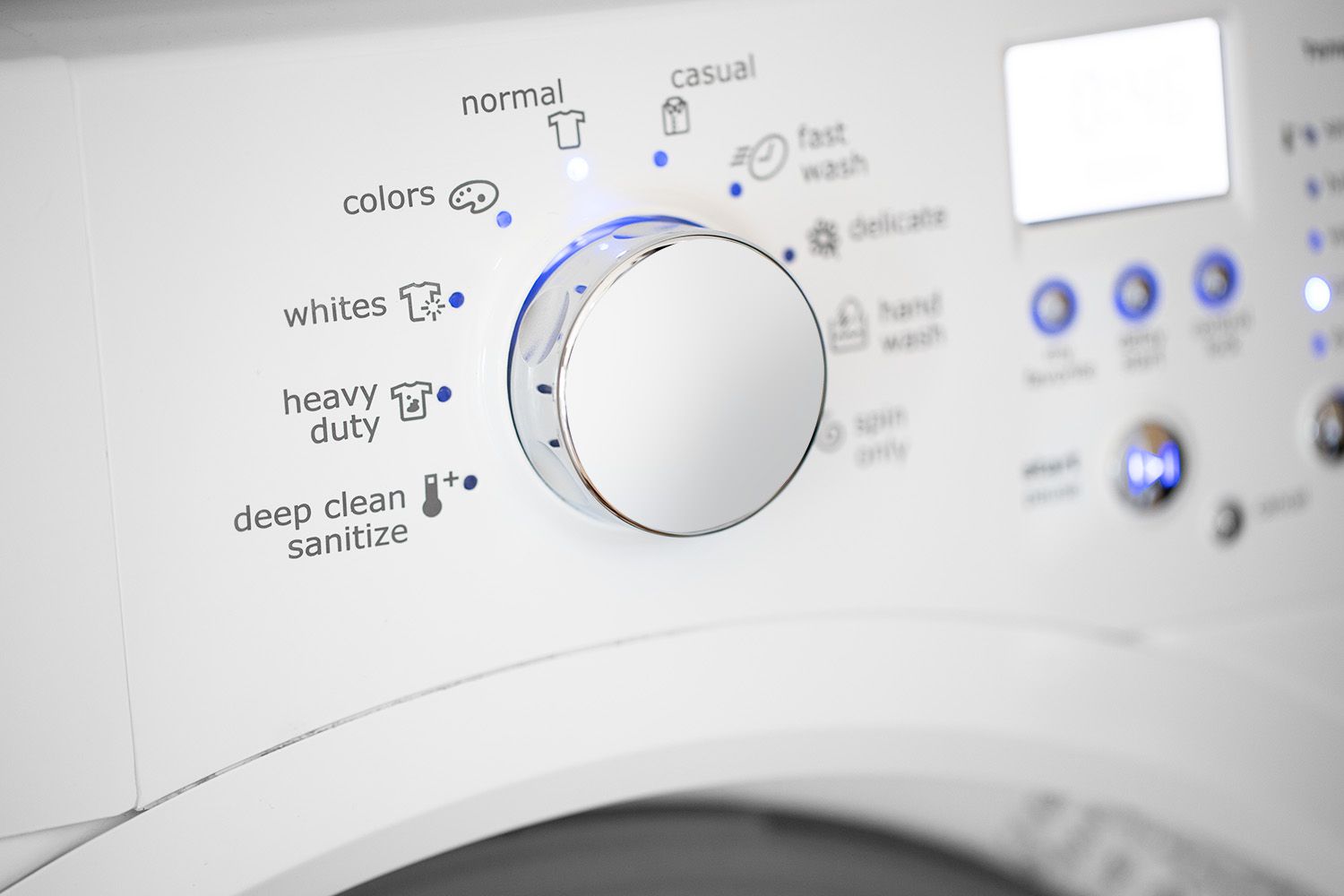
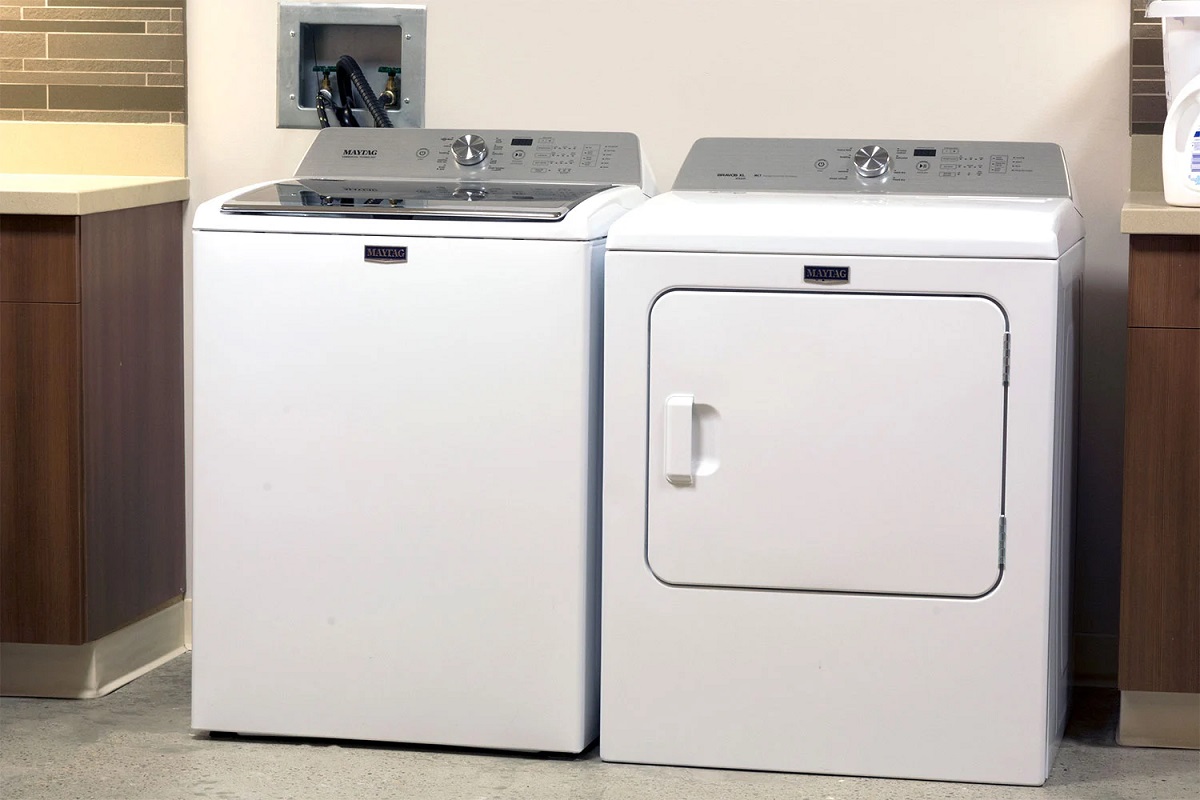
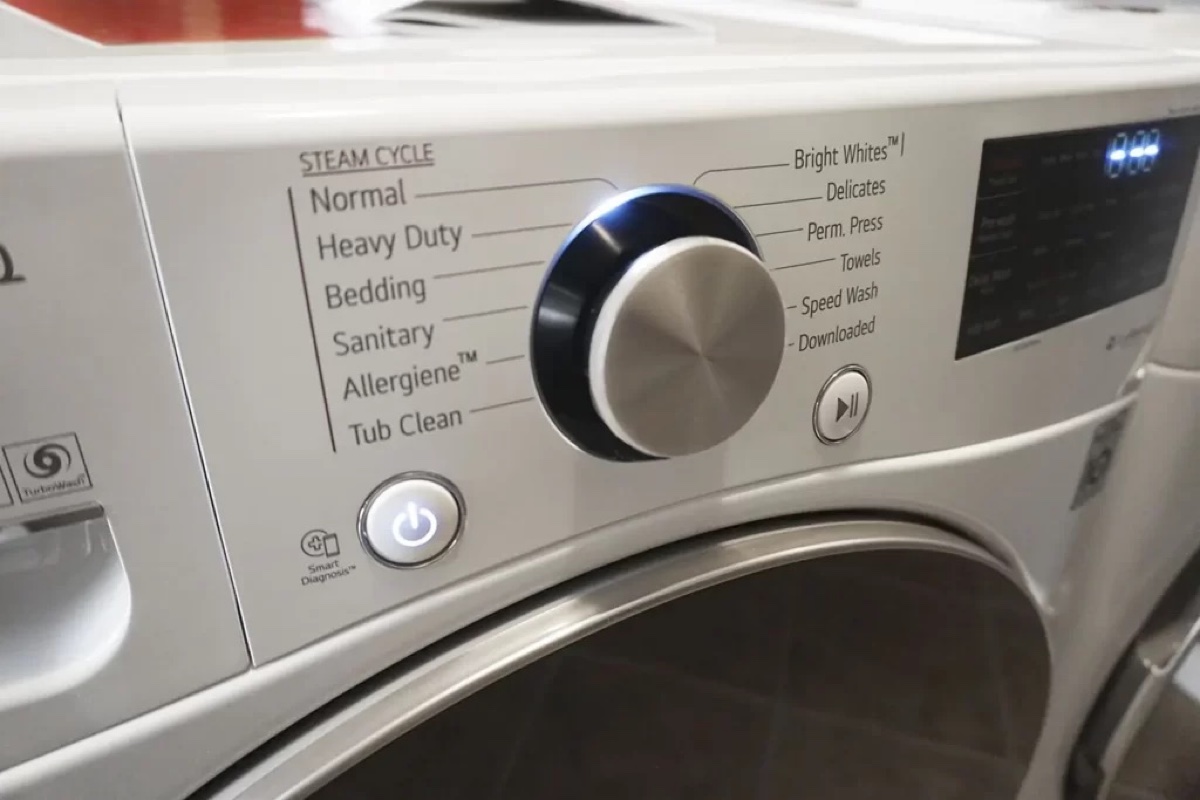
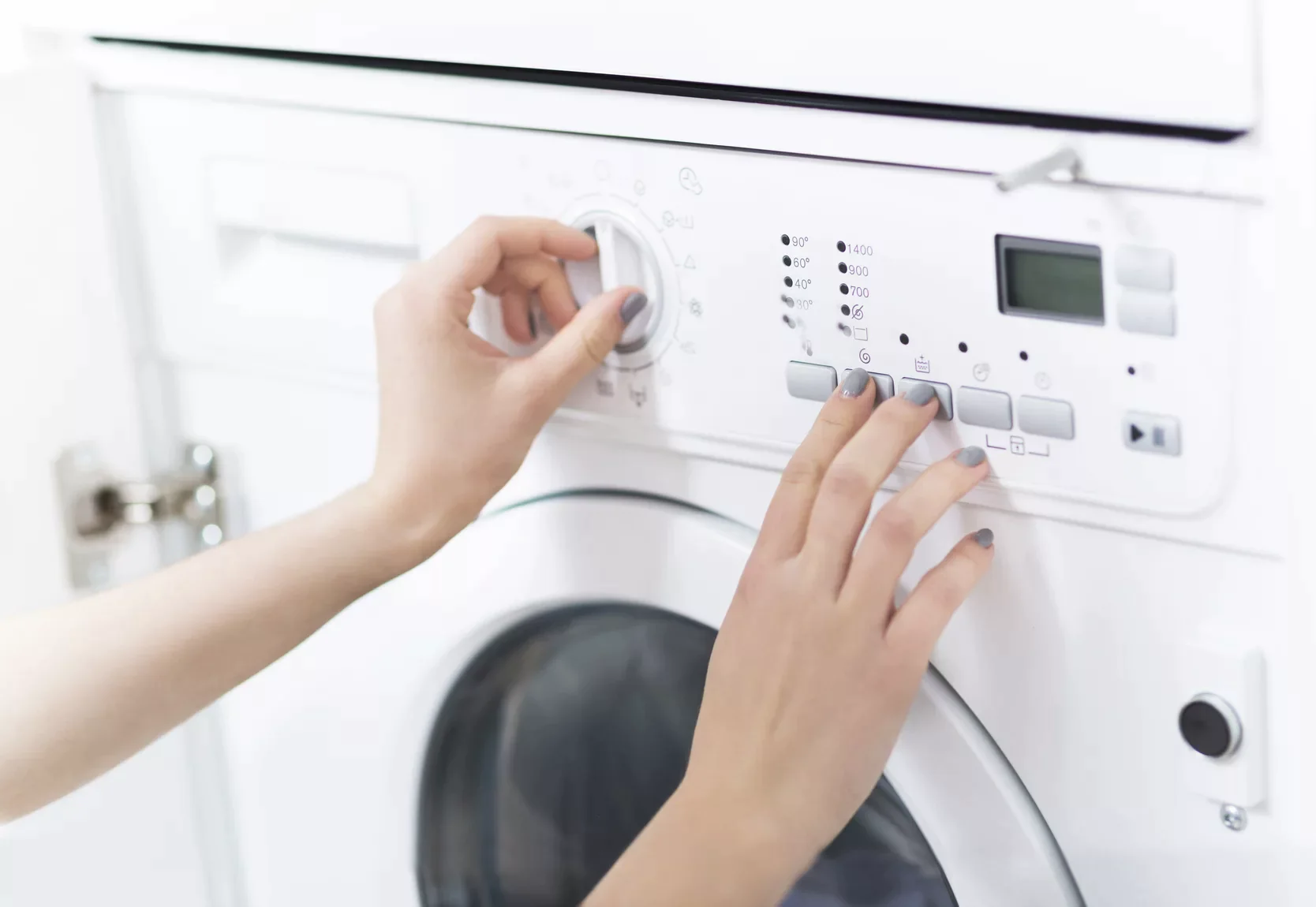
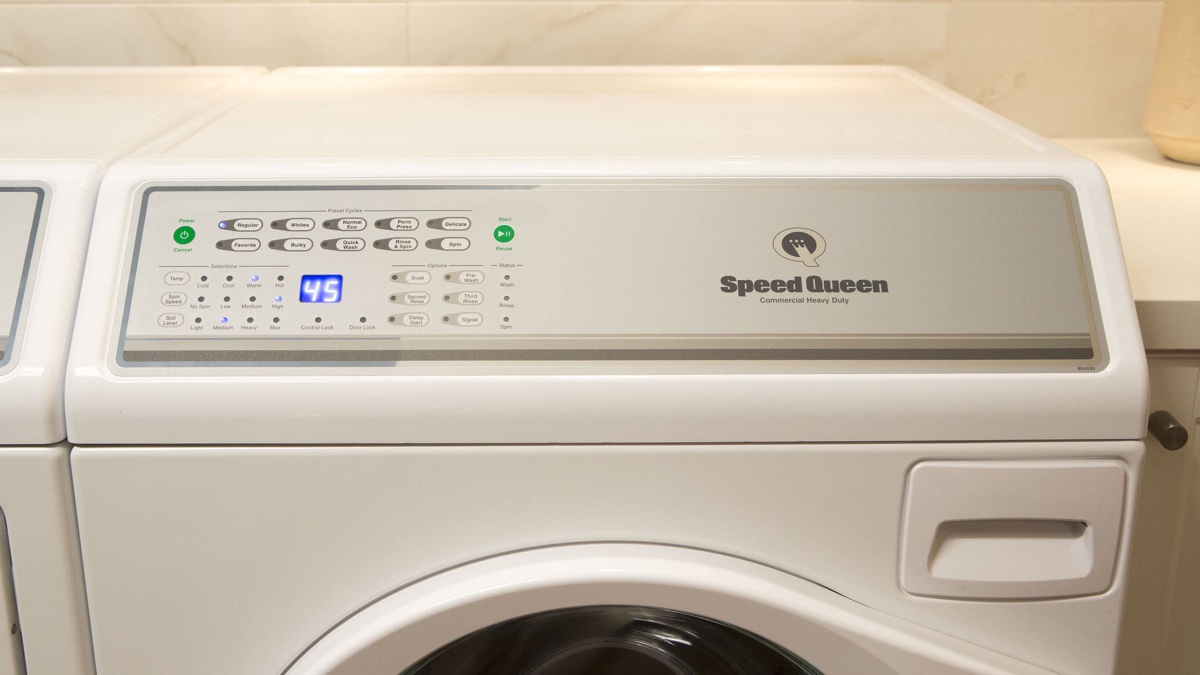

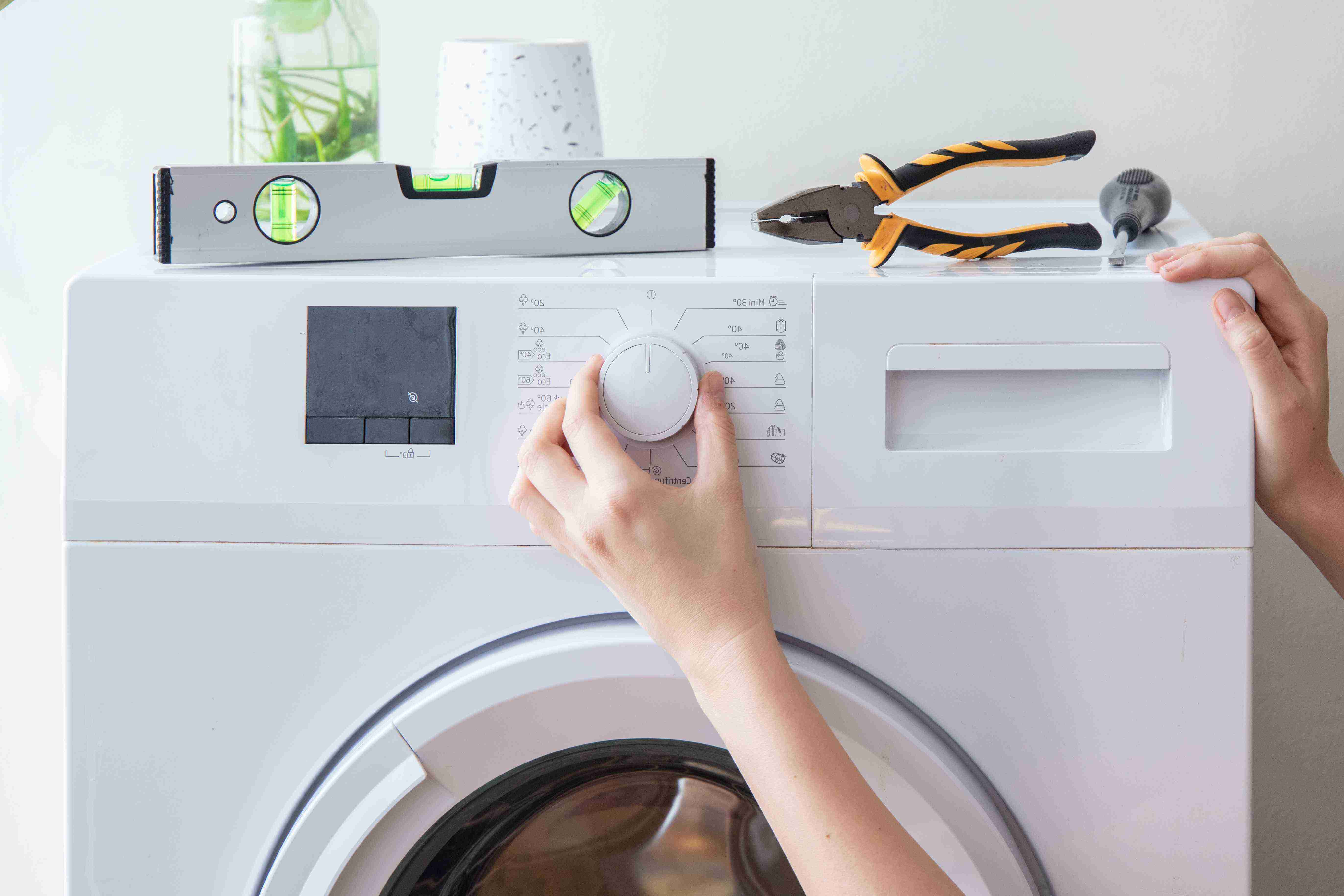

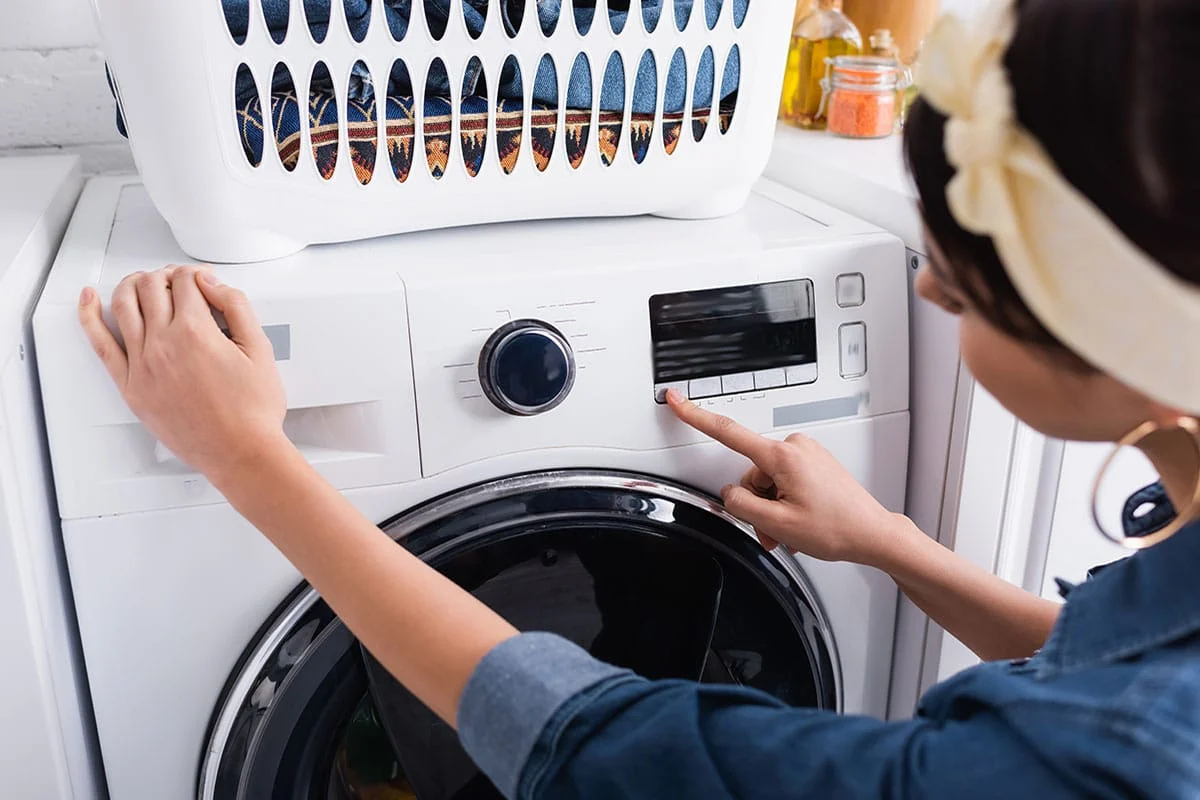

0 thoughts on “How To Stop A Washing Machine Mid-Cycle”